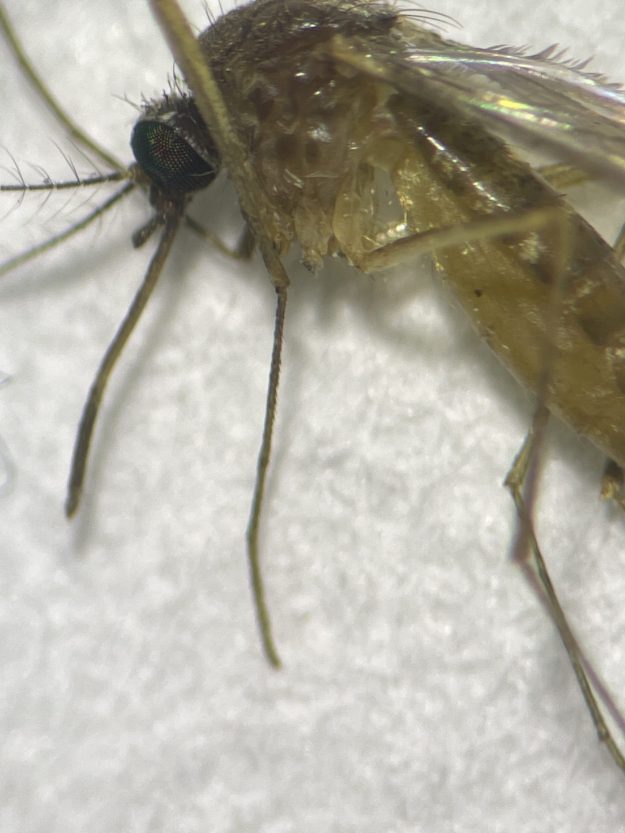How are Health Systems Preparing for Climate Crisis?
Global warming is causing extreme heat events resulting in increased morbidity and mortality in locations unaccustomed to this phenomenon. It is well known that episodes of extreme temperature have significant…






